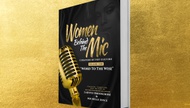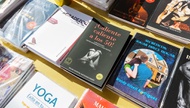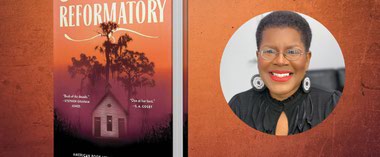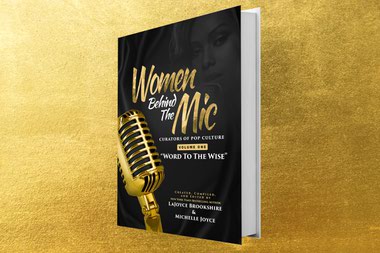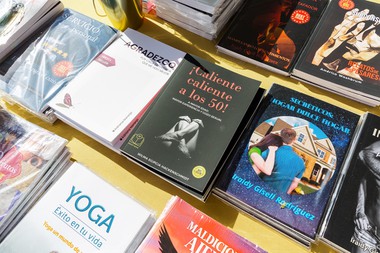
The Mirror Thief By Martin Seay, $30.
Midway through Martin Seay’s masterful and mysterious debut novel, an ex-art history student and current card-sharp named Veronica takes Curtis Stone, ex-Marine turned reluctant gumshoe, on a tour of the Guggenheim Hermitage Museum.
Remember that? Rem Koolhaas’ Cor-Ten steel “Jewel Box,” once a Guggenheim dominion, awkwardly lodged at the Venetian resort and gone since 2008? Curtis and Veronica ramble through Art Through the Ages: Masterpieces of Painting from Titian to Picasso in early 2003, and Veronica lectures on the masters using a camera obscura to reproduce reality. Until the photographic camera, that is. “Now it’s all about two eyes and a brain in between,” she says. “Flat retinas and flat canvases. The eye that tricks itself. This is the beginning of modern art.”
Curtis, who has been searching for Stanley Glass, Veronica’s partner in cards and crime, doesn’t care much about modern art, but he knows a little about eyes and seeing. He’s lost an eye, for one, in a service-related incident, and his security training keeps him hyper-aware of his blind spot. But he also discovers that the mission on which his service buddy Damon has sent him has more than a few blind spots, and he learns that what is seen and how it is seen matter crucially. His quarry, Stanley, is an aging gambler with a preternatural ability to see and remember, especially cards, and his talisman is a book titled The Mirror Thief.
The scene shifts from the Venetian to Venice, California, where the teenage Stanley runs boardwalk con games while seeking and eventually finding Adrian Welles, the author of the mesmerizing book of poems that made Stanley leave New York and bum his way west. That book’s central character, Crivano, gets his turn in the novel’s third setting, late-16th-century Venice, where he conspires to steal the jealously guarded secret techniques for making mirrors on Murano island.
Seay splendidly evokes Venice and its two reflections: the dress, cuisine and intrigues of the merchant republic perched between West and East; the rhythms and desires of Beat-era beach life; and the blare and glare of the Strip during the run-up to the Iraq war. Mirrors are a leitmotif, naturally, but so are memory and its negation.
“Las Vegas is a machine for forgetting,” a character tells Curtis. So are mirrors, in a way, and Seay’s Las Vegas is a mirror for the world.
Find more by Chuck Twardy at chucktwardy.com.


